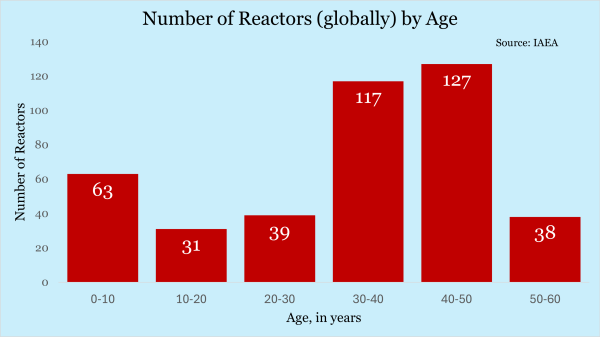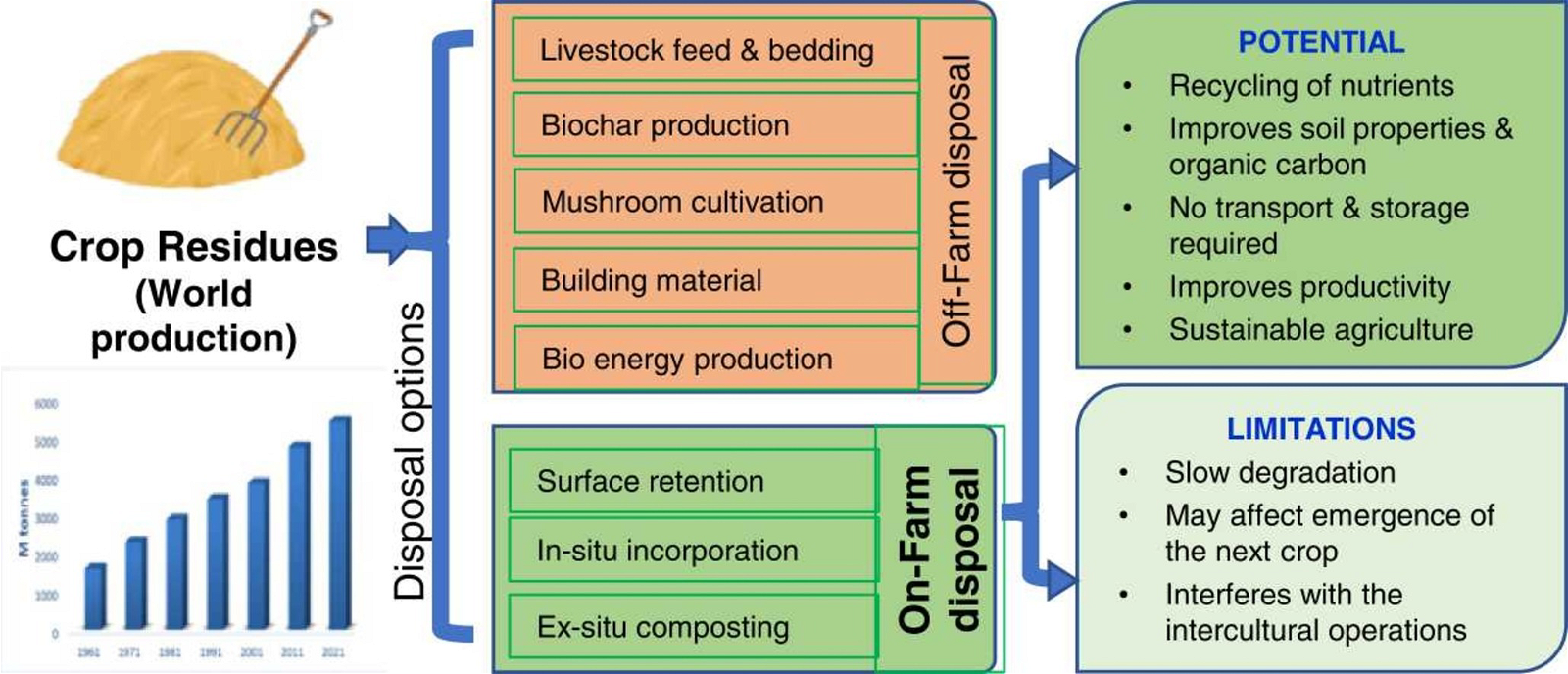
FRBM Act: Fiscal Deficit & Fiscal Responsibility & Budget Management Act
Subscribers of "Current Affairs" course can Download Daily Current Affairs in PDF/DOC
Subscribe to Never Miss an Important Update! Assured Discounts on New Products!
Must Join PMF IAS Telegram Channel & PMF IAS History Telegram Channel
- Fiscal Responsibility and Budget Management Act, 2003 (FRBM Act) aims to ensure a balance between Government revenue and government expenditure.
- The objectives of the act are:
- Fiscal discipline.
- Efficient management of expenditure, revenue and debt.
- Macroeconomic stability.
- Better coordination between fiscal and monetary policy.
- Transparency in the fiscal operation of the Government.
- It set deficit targets for Union and States to control their deficits.
- The target and parameter changed along with amendments in 2012, 2012, 2015 and 2018.


Figures as a percentage of GDP
Salient Features of Fiscal Responsibility and Budget Management Act, 2003
- Section 4 (1) of the FRBM Act provides that the Central Government shall
- take measures to limit the fiscal deficit up to 3 per cent of GDP.
- endeavor to ensure that by the end of Financial Year 2024-25
- the General Government debt does not exceed 60 per cent of GDP.
- the Central Government debt does not exceed 40 per cent of GDP.
- not give additional guarantees with respect to any loan on security of the Consolidated Fund of India in excess of one-half per cent of GDP, in any Financial Year.
- endeavor to ensure that the fiscal targets are not exceeded after stipulated target dates.
- Under Section 5 of the Act, except for certain circumstances, the Act does not allow the Central Government to borrow from Reserve Bank of India (RBI).
- The FM shall review, on half-yearly basis, the trends in receipts and expenditure in relation to the budget and place before both Houses of Parliament the outcome of such reviews.
CAG Audit
- The 2012 Amendment prescribed for periodical review by the CAG of the compliance of the provisions of FRBM Act by the Government.
FRBM Review Committee headed by NK Singh
- The government believed the targets set by FRBM Act were too rigid.
- In 2016, the government set up a committee under NK Singh to review the FRBM Act.
- The committee recommended that the government should target a fiscal deficit of 3 percent of the GDP in years up to March 31, 2020, cut it to 2.8 per cent in 2020-21 and to 2.5 per cent by 2023.
- The Committee suggested using debt as the primary target for fiscal policy.
Targets set by NK Singh Committee:
- Debt to GDP ratio: The review committee advocated for a Debt to GDP ratio of 60% to be targeted with a 40% limit for the centre and a 20% limit for the states.
- Revenue Deficit Target: It should be reduced to 0.8% of GDP by March 31, 2023.
- The minimum annual reduction target was 0.5% of GDP.
- Fiscal Deficit Target: It should be reduced to 2.5% of GDP by March 31, 2023.
- The minimum annual reduction target was 0.3% of GDP.
FRBM Act – Escape Clause
- The FRBM Act was amended in 2018, adding Specific details that were given in Section 4(2).
- If the escape clause is triggered, RBI is then allowed to participate directly in the primary auction of government bonds, thus formalising deficit financing.
| Deficit financing refers to the method of financing the budget deficits — such as issuing bonds or printing more money. |
- FRBM Act Section 4(2), provides for a trigger mechanism to escape deficit control–related clauses in the act and the Government can over cross the targets in the following situations:
- National Security / Act of War
- National Calamity
- If agriculture output and farm incomes collapse
- Fall in real output/GDP growth rate beyond x%
- Structural reforms in the economy with unanticipated fiscal implications
- During the above trigger conditions
- The government may over cross/deviate from the fiscal deficit target by up to 0.5% of GDP, as recommended by NK Singh’s FRBM Review Committee
- Individual State Governments may also do similar (e.g. overcross by 0.5% of GSDP), after amending the state FRBM Act accordingly.
- Finance Minister cited structural reform to escape the FRBM targets for 2019-20 and 2020-21.
|
Key Terms related to the FRBM Act
- A gradual reduction in the fiscal deficit over time is known as Fiscal Glide.
- Fiscal profligacy is reckless extravagance or wasteful expenditure of public money.
- The failure to meet the government’s fiscal deficit target is known as fiscal slippage.
Documents Mandated by FRBM Act
- GoI must ensure greater transparency in its fiscal operation in the public interest.
- The documents that the government is required to present along with the budget are:
- Macroeconomic Framework Statement: This statement provides an overview of the economy, including GDP growth, inflation, receipts and expenditure.
- Medium-Term Fiscal Policy Statement: This statement sets out the government’s fiscal policy goals for the medium term.
- Fiscal Policy Strategy Statement: This statement explains how the government plans for fiscal policy goals.
- Medium-Term Expenditure Framework: This framework sets out the government’s spending plans for the medium term.






![PMF IAS Environment for UPSC 2022-23 [paperback] PMF IAS [Nov 30, 2021]…](https://pmfias.b-cdn.net/wp-content/uploads/2024/04/pmfiasenvironmentforupsc2022-23paperbackpmfiasnov302021.jpg)











